Mastering the Art of Green Screen Key Techniques for Video Production
Using a green screen can totally transform your video projects, unlocking endless creative potential and enhancing visuals in ways you never thought possible. This guide dives into effective techniques for making the most of green screens.
Whether you’re just starting out as a filmmaker or you’ve been at it for a while, understanding green screen technology is key to taking your video production skills to the next level.
What is a green screen?
A green screen, often referred to as a chroma key backdrop, is a nifty visual effects technique used in video production. It lets filmmakers swap out the green background with other images or videos during the editing phase. This method is widely embraced across various media to create immersive environments, effectively isolating subjects from their surroundings.
Theories and Methods Behind Green Screen Technology
At its core, green screen technology relies on color separation. The chroma key method involves picking a specific color hue—green, in this case—to isolate and remove from the footage. This allows for a seamless blend of different backgrounds, enabling filmmakers to conjure anything from whimsical landscapes to hyper-realistic settings. Proper lighting techniques and maintaining a good distance from the screen are crucial for achieving optimal results, as they help avoid pesky color spill and shadows that can complicate the editing process.
Use Case Examples: Green Screen in Action
Green screens come into play in various contexts, from blockbuster films to live television broadcasts. Think about weather forecasters—they often stand in front of a green screen to dynamically display graphical weather data. In film production, movies like "The Matrix" and "Avatar" have masterfully utilized green screens to whisk audiences away to otherworldly dimensions through cutting-edge visual effects.
Benefits and Challenges of Using a Green Screen
| Benefits | Challenges |
|---|---|
Cost-effective alternative to elaborate set designs. | Requires meticulous lighting to avoid shadows and uneven colors. |
Allows for creative freedom in post-production. | Subjects must avoid wearing green to prevent unintentional keying. |
Can simulate any location, expanding storytelling possibilities. | Requires careful setup and consideration to achieve a clean key. |
Implementing Effective Techniques for Green Screen Use
To truly maximize the benefits of green screen technology, make sure your screen is wrinkle-free and well-lit. Position subjects at a distance from the screen to minimize color spill and shadows. Plus, using a high-quality camera that supports HD recording will capture the best visuals. Don’t hesitate to experiment with various lighting setups to find the conditions that work best for your specific project.
Key Statistics and Insights About Green Screen Technology
It’s pretty eye-opening to see that around 75% of filmmakers are using green screens in their projects, which leads to a 60% boost in perceived video quality. And get this, projects that incorporate special effects often save about 40% of their post-production time compared to those that don’t. According to Hoopr.ai, the green screen technique allows filmmakers to craft stunning visual effects without needing those pricey sets.
75% of filmmakers use green screens
This indicates the widespread acceptance of this technology in modern filmmaking.
60% increase in video quality
This shows how green screens enhance the overall visual appeal of content.
85% of projects utilize special effects
This highlights the importance of green screen technology in creating engaging narratives.
source: TechRadar
How Filmmakers Can Use Green Screen Effectively
To get the most out of green screens, start by setting up the backdrop in a well-lit area. Choosing the right clothing for actors is crucial—green should definitely be avoided to prevent blending into the backdrop. Finding the right camera positioning and ensuring stable shots will yield the best results during post-production. Lastly, getting familiar with editing software that supports chroma keying is essential for a smooth editing experience.
Frequently Asked Questions About Green Screen
1. What is a green screen?
A green screen, or chroma key backdrop, is used in video production to digitally replace the background of footage, allowing for creative visual effects.
2. How does green screen technology work?
Green screen technology works by isolating the green color in a video and replacing it with a different background during post-production.
3. What are the benefits of using a green screen?
Using a green screen allows for versatile filming locations, cost-effective productions, and the ability to add special effects seamlessly.
4. What are common mistakes when using a green screen?
Common mistakes include uneven lighting, wrinkles on the screen, and subjects wearing green, which can interfere with the chroma key effect.
Did this article answer your question?


